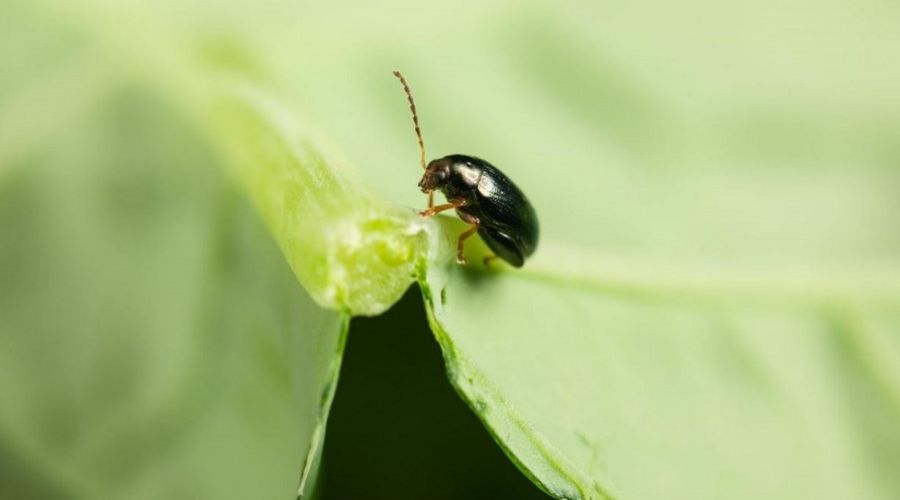New cabbage stem flea beetle project set to help manage pest
2nd September 2024
A project aimed at improving management of cabbage stem flea beetles (CSFB), which are the primary cause for the dramatic reduction in the area of UK Oilseed Rape (OSR) crops over the last decade, has just been launched.

AHDB has contracted NIAB to monitor migration of adult insects from August to October and larval invasion from September to October at sites across England.
The information obtained will be made available to farmers during the 2024/25 growing season, and it may also be used for research.
To monitor adult CSFBs, yellow water traps will be used at ground level (to monitor general activity) and at a height of one metre (to monitor flying) at seven sites across England.
In one location, monitoring will be undertaken in two to three more fields, to gauge variation in CSFB activity in nearby crops.
Updated data will be available on the AHDB website twice a week throughout the monitoring period, the researchers said.
Bayer MagicTrap
At all locations, a Bayer MagicTrap, which photographs beetles caught in the trap, uses image analysis to identify and count CSFB, and transmits information remotely, will be used as well as the yellow water traps.
This will allow data to be compared to that of traditional yellow water traps, which have to be personally monitored, with beetles counted ‘by hand’. Weather data will also be recorded.
To monitor invasion by CSFB larvae, 50 plants within 10 metres of the traps at each site will be assessed for presence and numbers of scars on the plants that show they have been attacked by larvae. Collected data will be updated regularly on the AHDB site.
Useful data
Sacha White, AHDB lead crop protection scientist, said: “We believe that this information will be of use to growers in selecting integrated pest management interventions, thereby helping reduce crop losses. The data will also be useful in future work looking to develop risk prediction models.”
At the end of the project, a full dataset will be available, including adult CSFB numbers for each trap, larval scar assessments, weather data, assessment dates, location information and agronomic information such as dates of field operations (e.g. harvest, cultivations, drilling), pesticide usage, methods of cultivation and information on other CSFB management approaches used in the field, such as companion crops.
Read more arable news.
